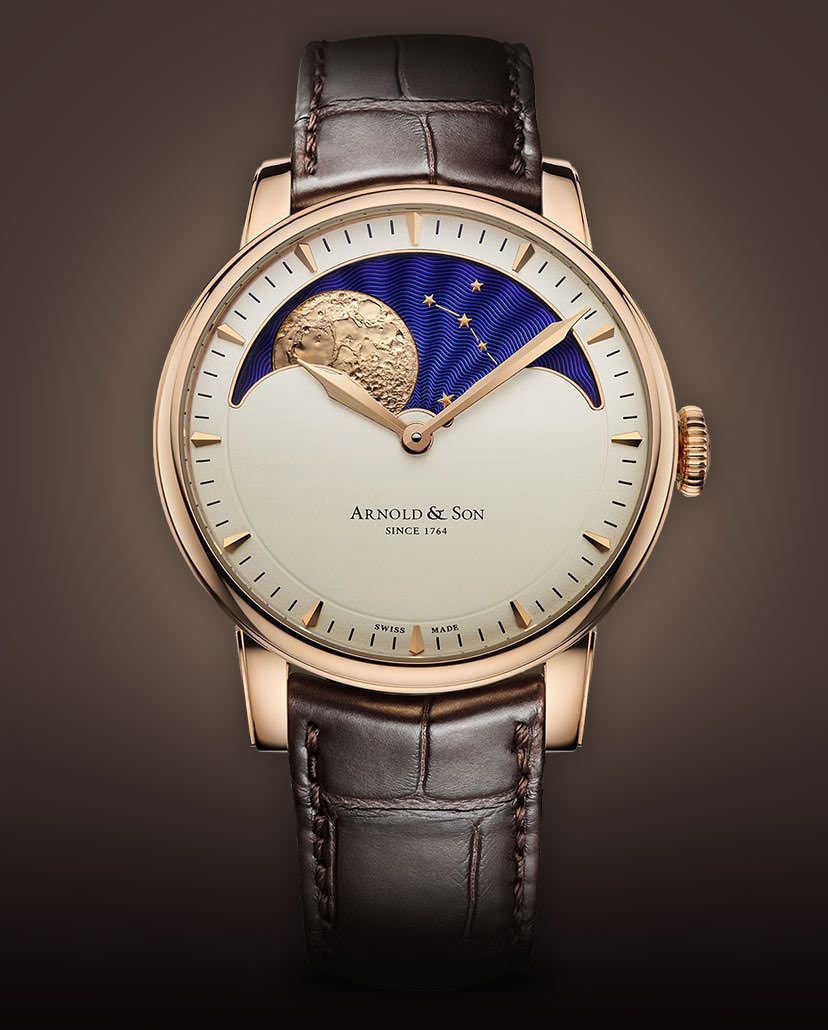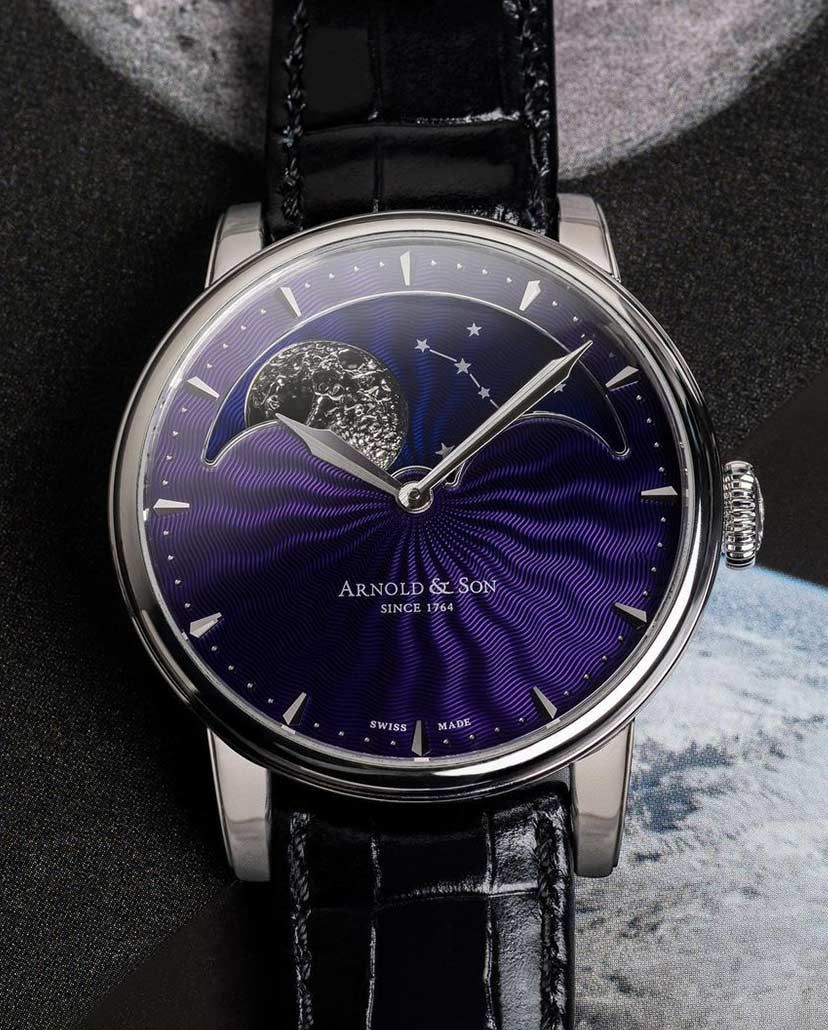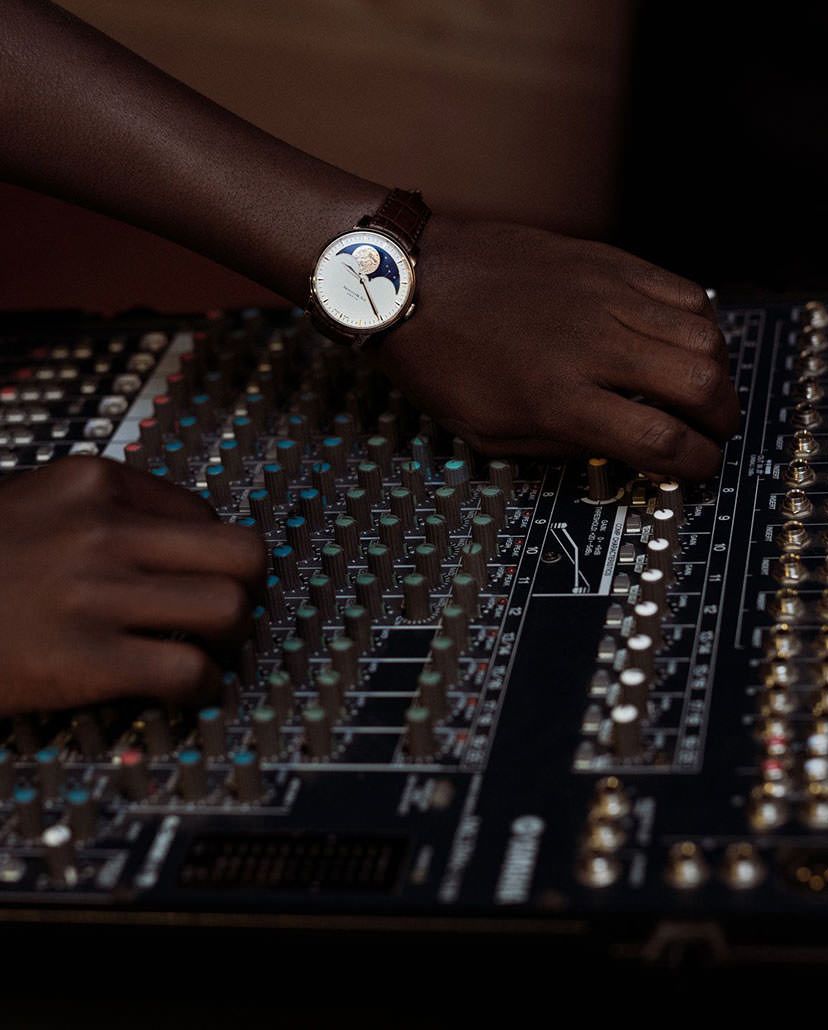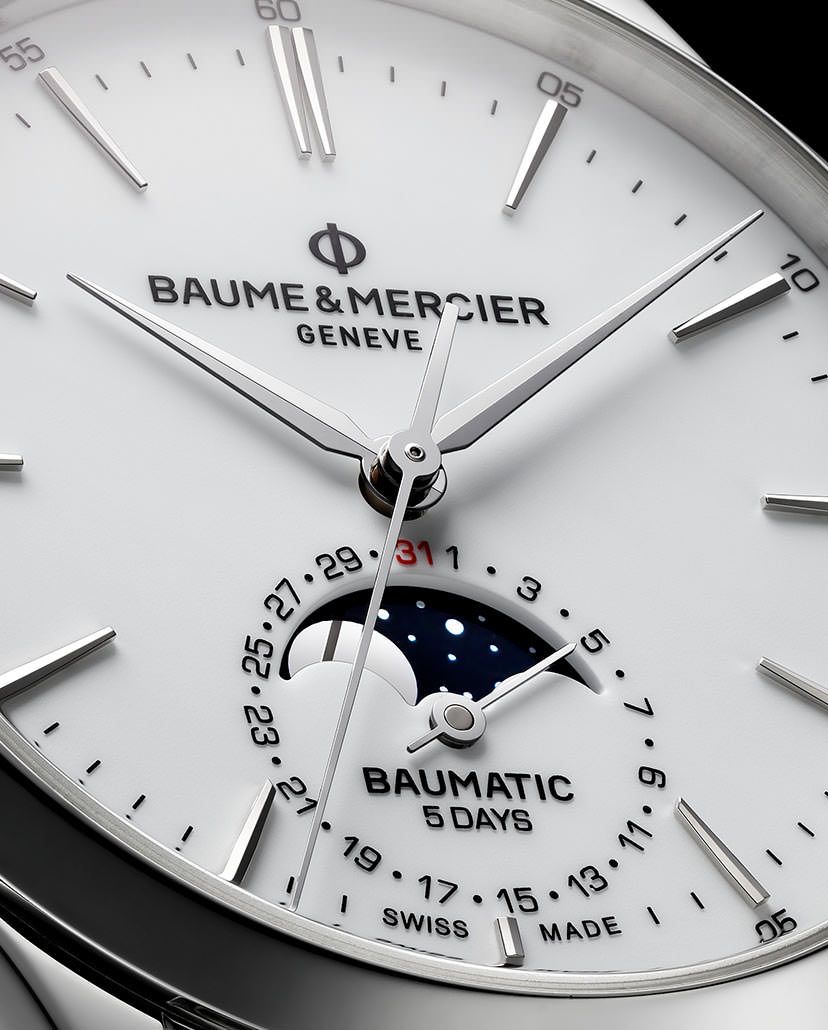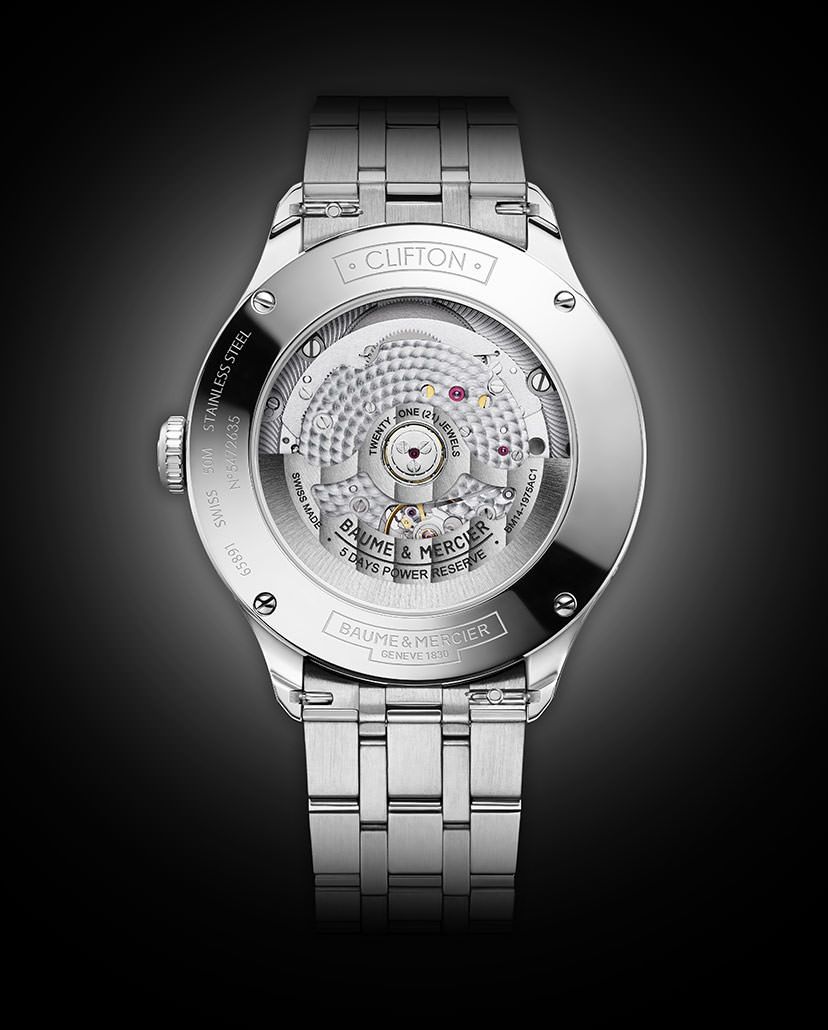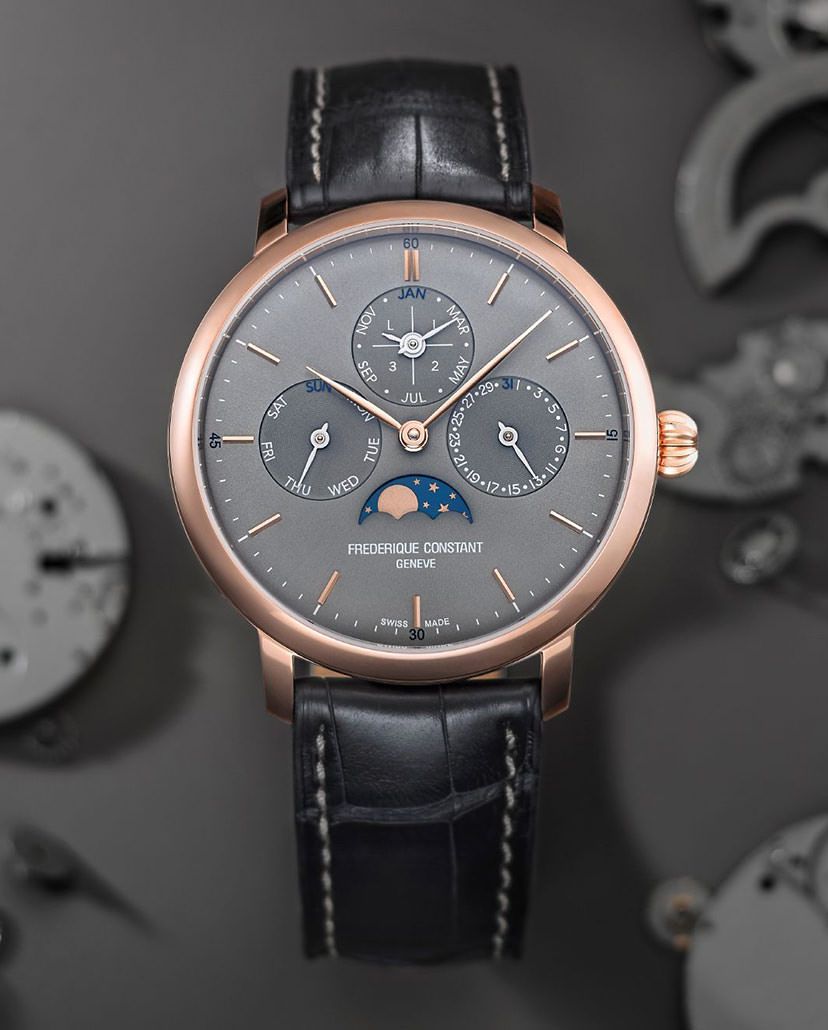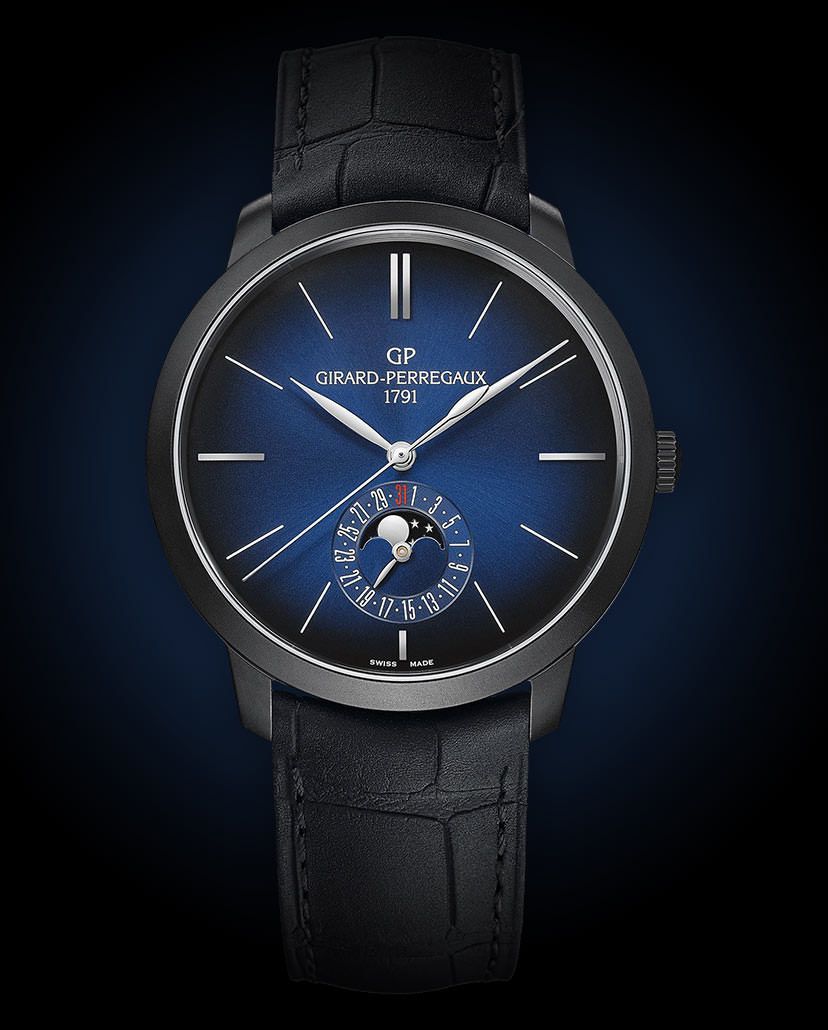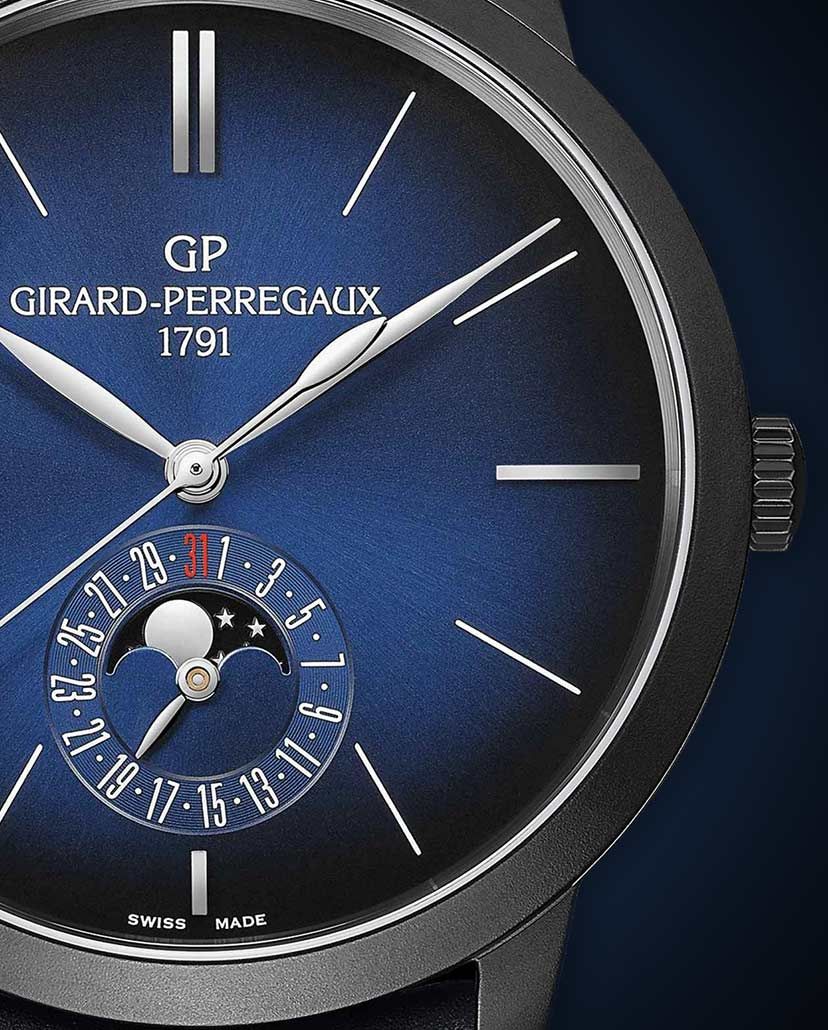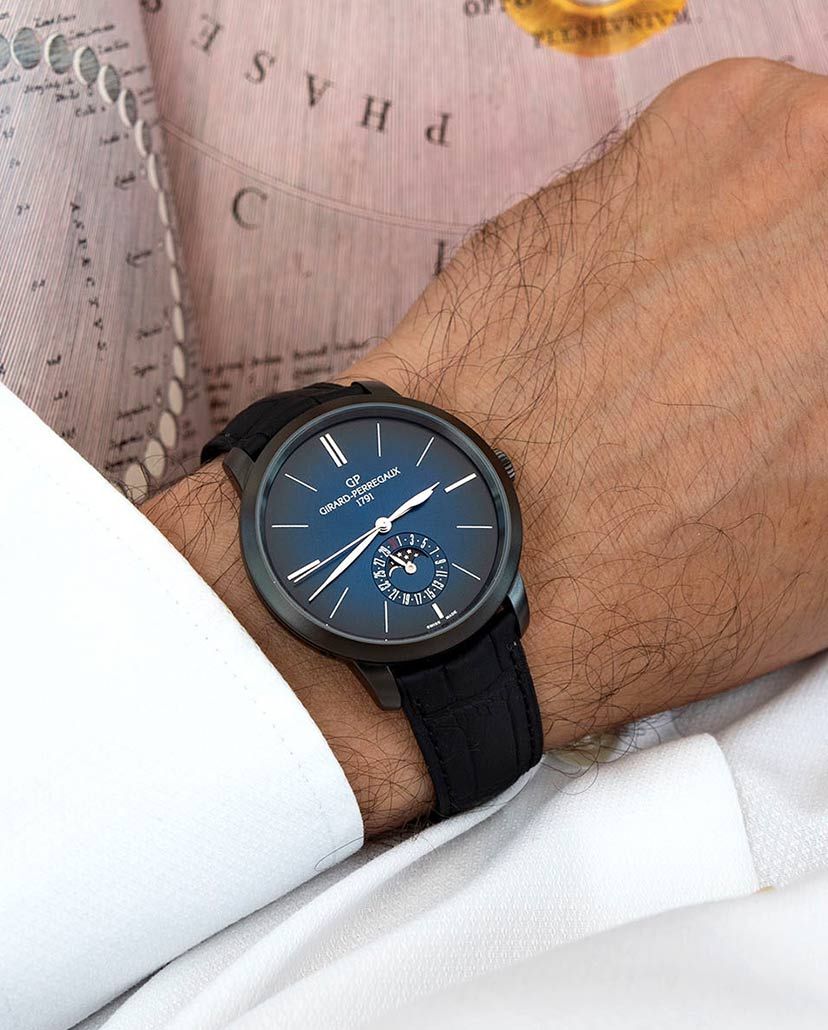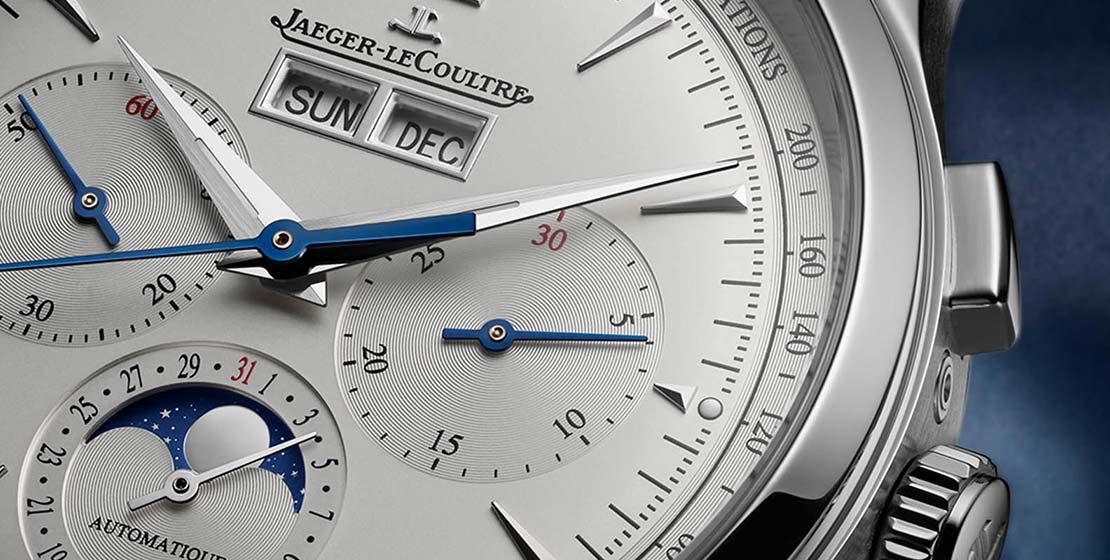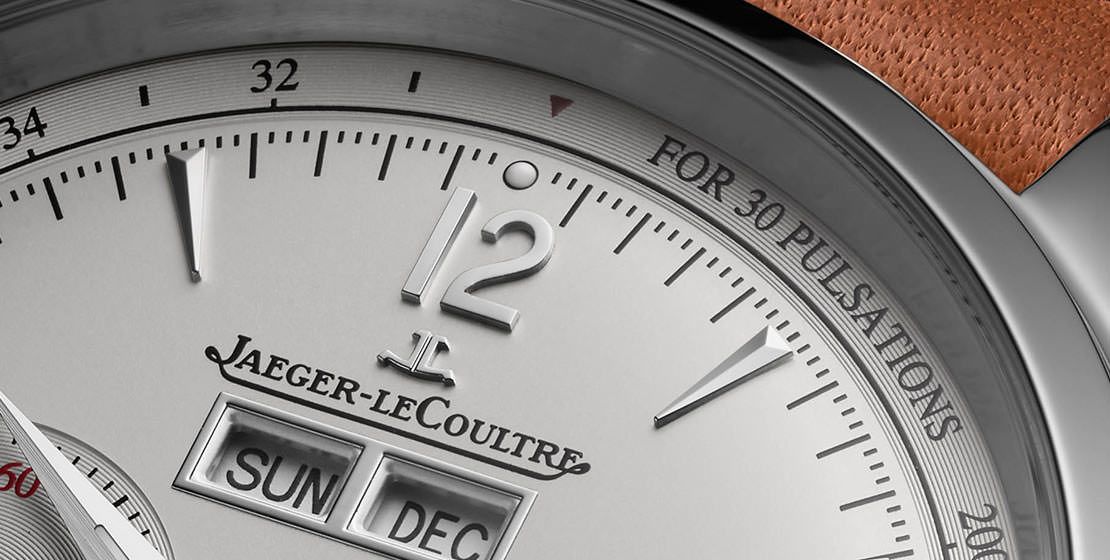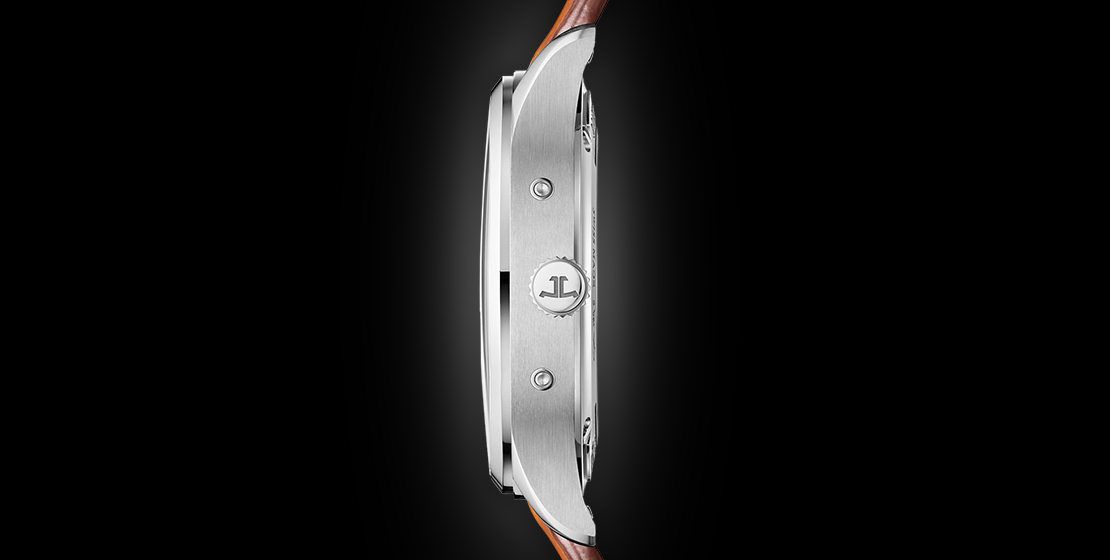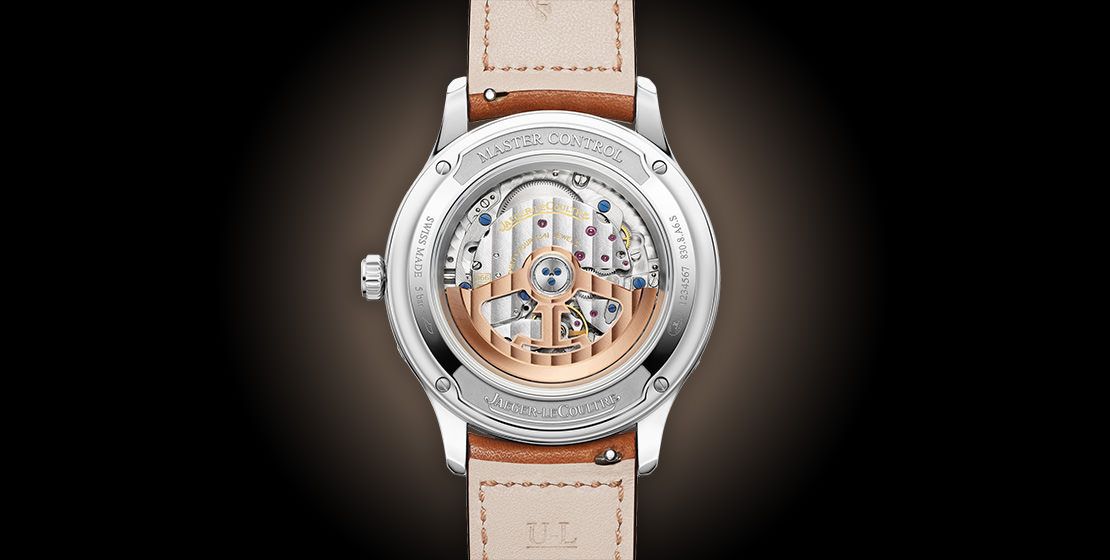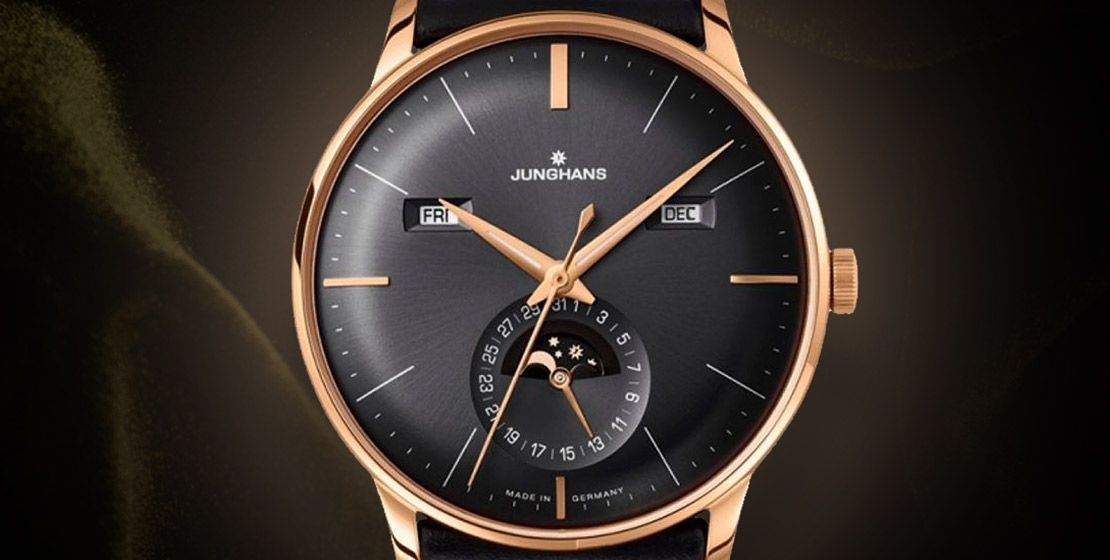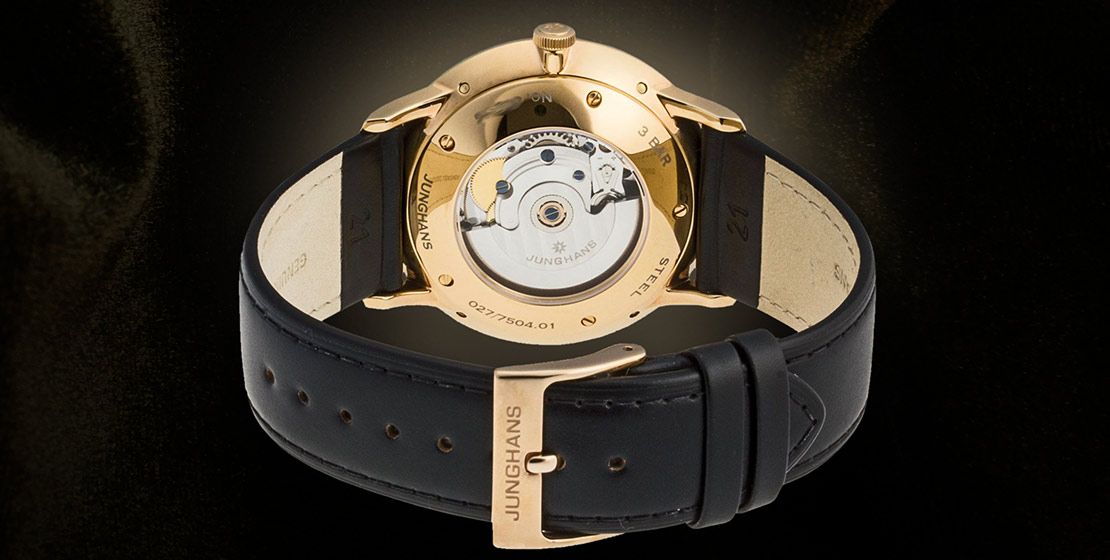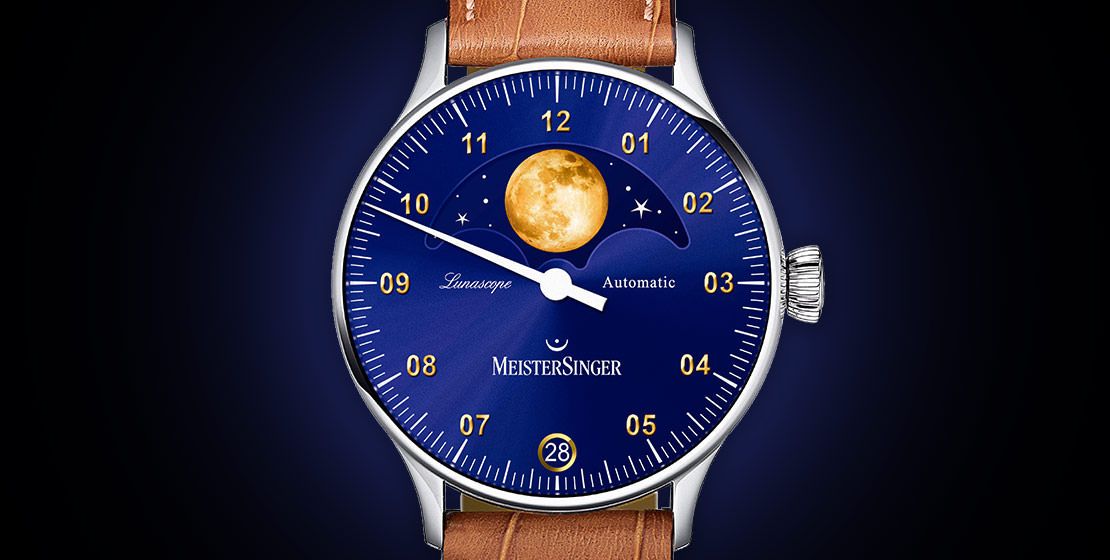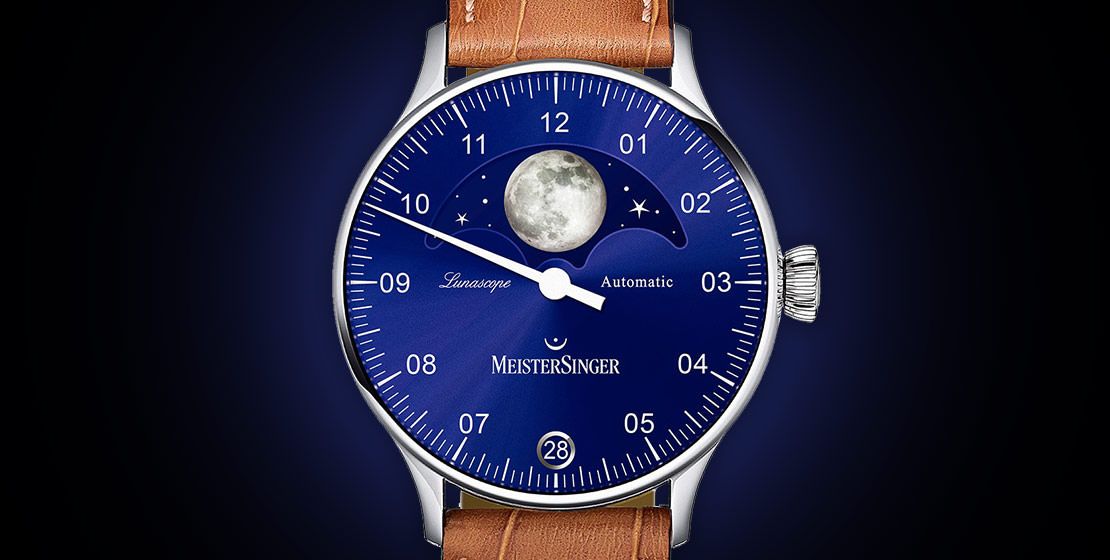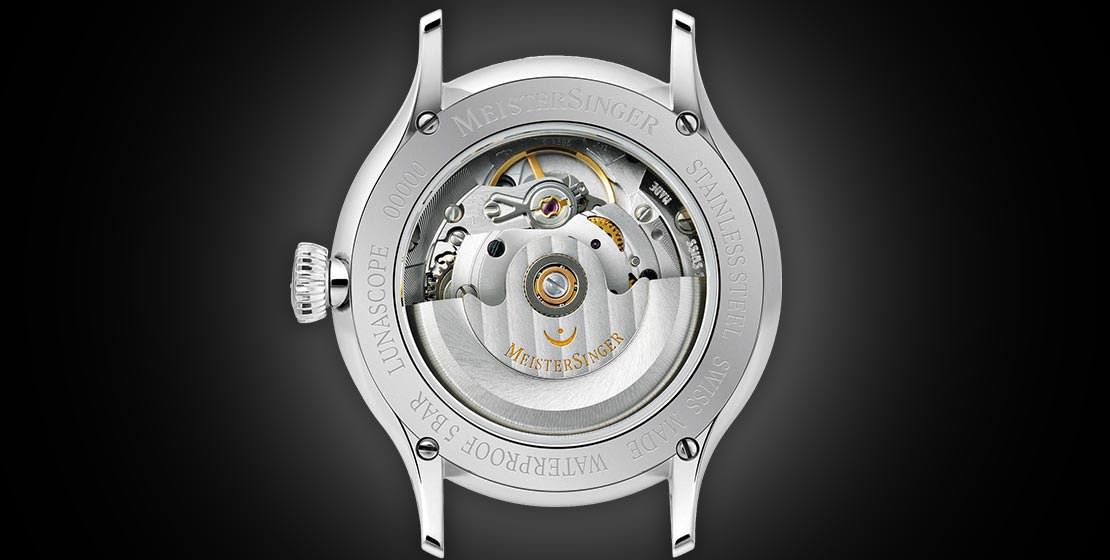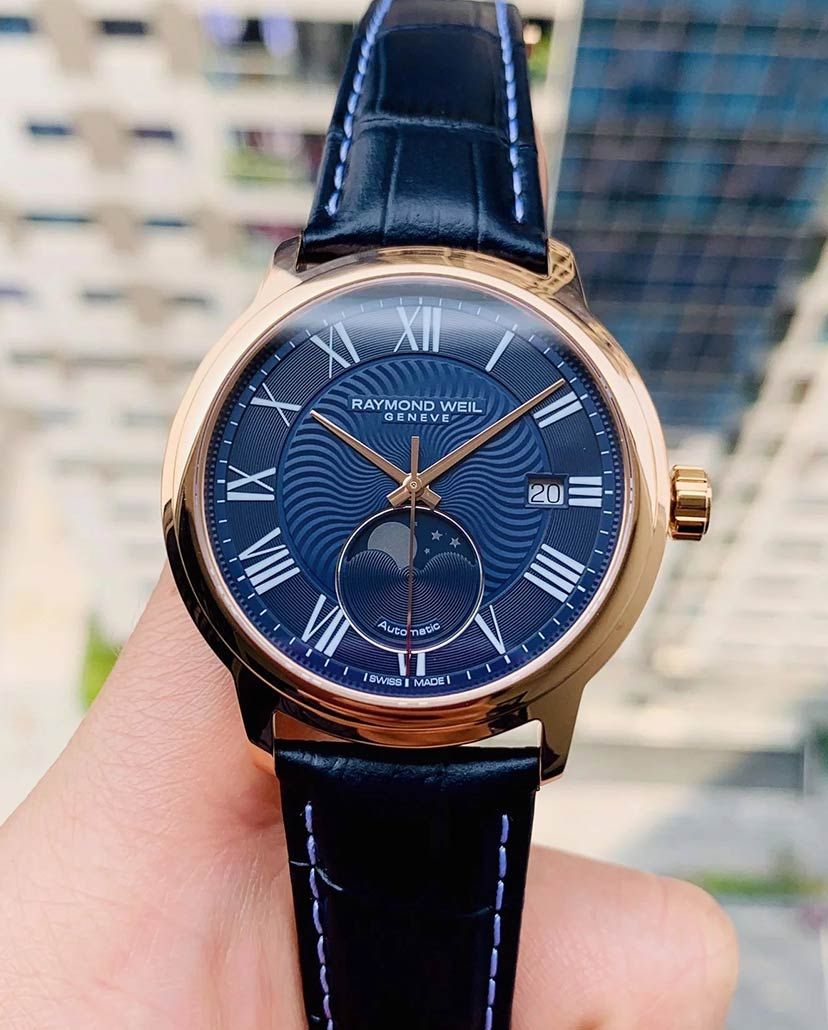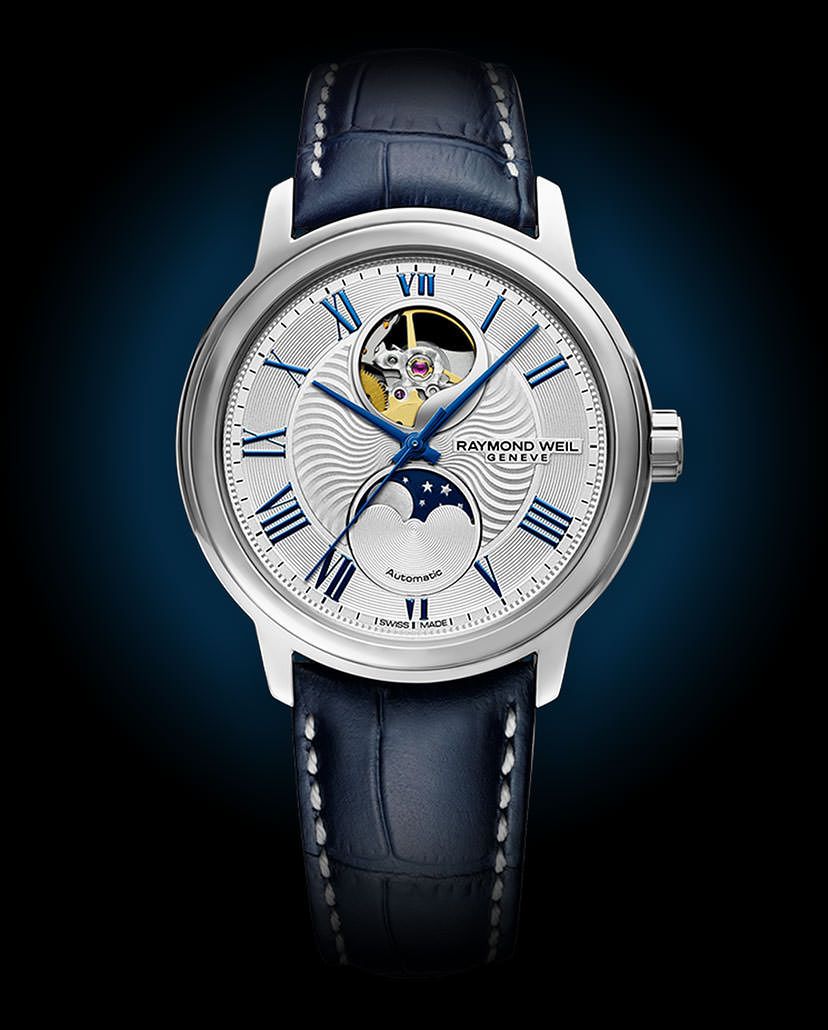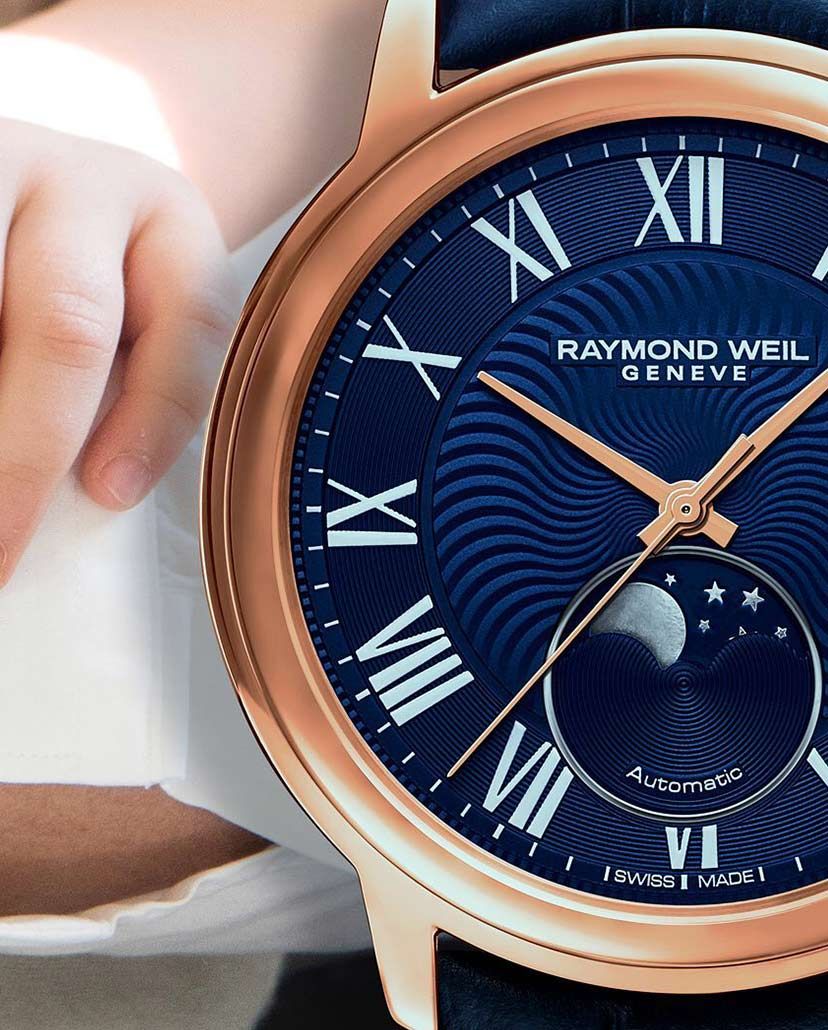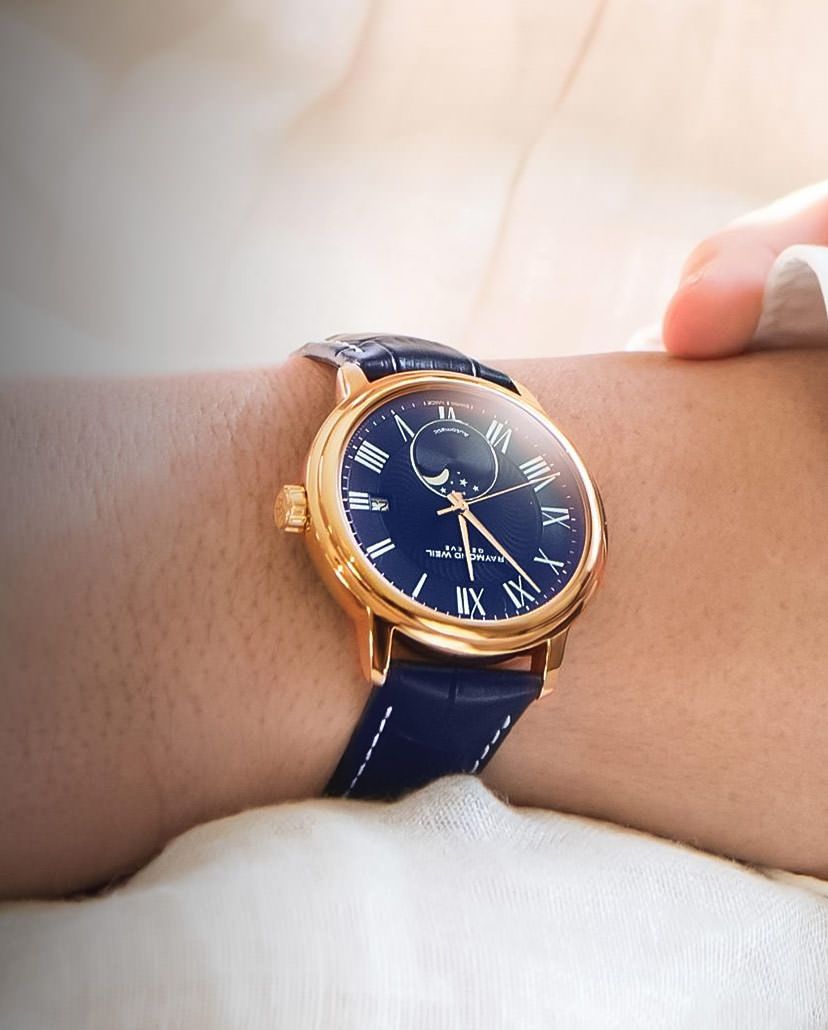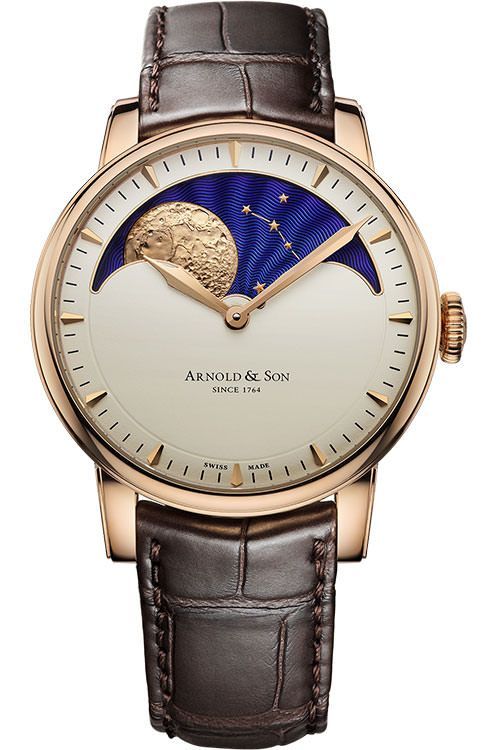Round-UpShoot For The Moon: 10 Fascinating Timepieces With Moon Phase Displays
Humankind’s fascination with the moon isn’t a recent phenomenon. It goes back thousands of years when early humans kept a tab on the lunar cycle for hunting and migrating. The natural satellite has a special place in every culture and is associated with ancient gods, stories, myths, and various symbols. Hence, there is something quite magical and poetic to have the moon on your wrist. Here are some of the most stunning timepieces with moon phase displays
May We Recommend
The concept of moon phases dates back to a long, long time before they were seen on wristwatches. In fact, early humans used the moon to tell time even before the first language was written, before the establishment of any civilisation, and well before the foundation of any religion. The earliest evidence was discovered in Scotland—a 10,000-year-old lunar calendar consisting of a series of 12 large, specially shaped pits which resembled various phases of the moon. Archaeologists believe that the hunter-gatherers of Mesolithic Britain used the calendar to keep track of the passage of the seasons and the lunar cycle. As humans continued to evolve, their desire to understand the movement of celestial bodies grew too. This led to the development of the Antikythera mechanism. Built by the ancient Greeks in 205 BC, the astronomical calculator was able to display the position of the moon, dates, and even the timing for the ancient Olympic Games.

But what laid the foundation for the modern watches with moon phase was the invention of the first astronomical clock by the Chinese scientist Su Song in 1092 AD. Known as Cosmic Engine, the 12m-tall mechanical clock was designed not only to tell time but also revealed how the stars and Earth move through space. For Europeans, though, it took another two centuries to invent their own astronomical clocks. Displaying the orbit of the known planets and phases of the moon, along with the time and month of the year, the timepieces gained a lot of popularity during the Renaissance and were installed inside cathedrals.
Over the next few centuries, the complication appeared on standalone clocks, pocket watches, and finally, in the 20th century, on wristwatches. Although, with time, it lost its practical use, the romance for the complication never faded away among the watch collectors. Each year, prominent watchmaking companies present the moon phase display in innovative and creative ways, while striving for a more accurate variation of the mechanism. Here are 10 such remarkable timepieces that might quench your fascination with the moon.
To read more about how the moon phase mechanism represents the phases of the moon, click here
Arnold & Son HM Perpetual Moon
Arnold & Son HM Perpetual Moon is a standout timepiece in more ways than one. Unlike other watches with the complication, here the moon phase indicator takes centre stage, with one of the largest displays you can find. Tucked inside a guilloche disc, with a printed constellation, the 11.2mm golden moon is carefully hand-crafted to look as realistic as possible and then duplicated with a stamping process for the commercial watches. The 29mm moon phase display—positioned on the upper half of the dial—magically steals your gaze. The HM Perpetual Moon is available in rose gold or stainless steel, with a dial in a creamy hue or in blue with a guilloche pattern, respectively. Not just impressive in terms of visual execution, the timepiece excels on technical grounds too. The 42mm case features Arnold & Son’s in-house movement, A&S1512, which offers an extremely accurate moon phase display, with only one day’s deviation every 122 years. The brand’s decision of integrating the complication into the calibre itself instead of adding it as a module to the movement makes the timepiece efficient and precise. Visible through the transparent caseback, the movement beats at 21,600vph and has a significant power reserve of 90 hours.
Baume & Mercier Clifton Baumatic
Baume & Mercier are a great brand when it comes to adding complications to their watches at a price tag almost too good to be true. Here is the Clifton Baumatic Automatic Moon Phase with the classic 20th-century look, yet equipped with top-notch modern technology. The 42mm stainless steel case features the brand’s in-house movement, Baumatic BM14, which has a beat rate of 28,000vph and a power reserve of an impressive 120 hours. It powers the moon phase display, surrounded by an analogue date display at the six o’clock position in addition to the central three-hand timekeeping. Decorated with a metallic moon and stars, the moon phase display doesn’t hamper the overall balance and well-integrated symmetry of the lustrous white dial that is reminiscent of porcelain. The timepiece comes affixed with a satin-finished steel bracelet that can be easily interchanged with a leather strap, thanks to the brand’s quick-release system.
Frederique Constant Slimline Perpetual Calendar Manufacture
The Slimline Perpetual Calendar Manufacture truly exemplifies the accessible luxury that Frederique Constant’s watches are about. The brand created quite a stir when they first introduced their perpetual calendar in 2016 at an astoundingly low price. Three years later, they expanded the Slimline collection and added two new iterations, both featuring a perpetual calendar and a silver dial. This is the Slimline Perpetual Calendar Manufacture housed in a 42mm stainless steel case with rose gold plating. Ideal for a contemporary watch enthusiast, the timepiece encapsulates everything that makes a great perpetual calendar–robustness, reliability, and easy adjustability. It features a dial with four counters, three of them being calendar functions and one, moon phase; each one nicely spaced out for better legibility and aesthetic balance. The complications are powered by Frederique Constant’s in-house-developed movement FC-775 that consists of 26 jewels and offers a power reserve of 38 hours. The perlage and circular Côtes de Genève decorations of the movement can be enjoyed through the transparent caseback of the timepiece.
Girard-Perregaux 1966 Blue Moon
Girard-Perregaux’s 1966 line-up is an homage to their classical 1960s timepiece that featured the brand’s first high-frequency movement–beating at 36,000vph. The mechanical ingenuity and superlative performance of the watch helped Girard-Perregaux win the Neuchâtel Observatory Centenary Prize in 1966. Just like their predecessor, the modern timepieces of the 1966 collection have a sleek and round design, smoky dials, and leaf-type hands. This is the 1966 Blue Moon—an elegant dress watch exuding modern vibes and an almost sporty look. What makes it a visually striking timepiece is its dial in a trendy gradient blue, with sunray finishing. At six o’clock, there is the moon phase display surrounded by an analogue date display–the numeral 31 is highlighted in red, which adds a pop of colour to the dial. Housed in a 40mm case of black DLC-coated steel, is the brand’s in-house movement GP03300, which offers a power reserve of about 46 hours.
Jaeger-Lecoultre Master Control Calendar
The Master Control collection derives its name from Jaeger-LeCoultre’s stringent ‘1,000 Hours Control’ certification—a series of tests on fully cased-up timepieces to ensure their perfect execution and precision. With each of its latest iterations passed this test, the line-up has been recognised for its technical excellence and outstanding reliability. Last year, Jaeger-Lecoultre added four new timepieces to the collection with different complications and new designs to give them a contemporary look and feel. This is the Master Control Calendar, a classic triple calendar watch with a moon phase display. The 40mm timepiece has a busy sunray-brushed, silver dial—with a peripheral date tracker, two windows at 12 o’clock for the weekday and the month and a semi-circular moon, in blue, at six o’clock with a small seconds inside. Even with so much on display, the dial looks coherent and well-balanced. A particularly distinctive feature here is the new jumping complication. Every month, the date hand makes a leap over the entire moon phase display when going from the 15th to the 16th, in order to not conceal any portion of the aperture. The Master Control Calendar is equipped with a modernised calibre 866 with silicon parts and 70 hours of power reserve. Fashioned with the new Novonappa calf leather strap, the watch feels super-soft and comfortable on the wrist.
Junghans Meister Kalender
Junghans might not create revolutionary timepieces every year, but they are consistent in doing what they do best, ie making minimalistic and elegant watches, which are even quite accessible. A case in point is the Junghans Meister Kalender—designed on the philosophy of the Bauhaus school of art, and featuring a complete calendar module. Without any doubt, the dial of this 40.4mm watch is its most remarkable attribute. It looks clean, spacious, perfectly legible, and is available in two colours. The dark blue version comes with a stainless steel case, while the grey one comes with a gold-plated case. The apertures for the day of the week and month are located in the upper half, and a large sub-dial containing the date and the moon phase functions is positioned at six o’clock. The dial also features crisply printed markings with a minute track on its periphery, in addition to the central hour and minute hands, which are generously coated with a luminous substance. Powering the Meister Kalender is the automatic movement, J800.3, based on a reliable ETA calibre. It offers a power reserve of 38 hours and features a large rotor decorated with thick Geneva stripes.
Longines Master Collection
For more than a decade and a half, Longines have introduced timepieces with classical elegance and exceptional quality under their Master collection. Out of several iterations in the line-up, here is a timepiece that features a 24-hour indicator, a moon phase display, a chronograph, and an annual calendar. You might not appreciate this watch at a glance, but look a little closer, and you will see that it exudes vintage charm, while offering a host of features at quite a reasonable price tag. Paying great attention to minute details, Longines have designed a silver-coloured dial with a ‘barleycorn’ pattern and perfectly spaced out complications that enhance the timepiece’s legibility and don’t look cluttered. On turning the watch, you can see the calibre L678 that is based on the famous Valjoux 7751 movement and has a long track record of flawless precision and accuracy. Flaunting some highly-polished parts and a rotor with a gold engraving of the Longines brand name, the movement instantly grabs your attention. The 42mm timepiece comes attached with a soft and pleasant-to-wear brown alligator leather strap.

MeisterSinger Lunascope
If there is one brand that brought single-hand watches into the mainstream, it’s MeisterSinger. With their deeply rooted philosophy of ‘simple and primordial design’, the brand have time and again created minimalistic and aesthetically pleasing timepieces. One might wonder that with just a single-handle on the dial, it could be difficult to be innovative with their timepieces, but that’s certainly not the case. Here is the MeisterSinger Lunascope—the watchmaking company’s first astronomical watch launched in Baselworld 2018. The 40mm timepiece features an oversized moon phase display, set against a dark blue, starry background, on the top half of the dial. Not just visually appealing, the complication comes with some jaw-dropping astronomical precision. According to MeisterSinger, the moon phase indicator is designed to be accurate for the next 128 years. The 40mm timepiece is available in two versions; one with a gold-coloured moon, with matching gold-plated applied hour markers and the other in a white colour scheme. Equipped with the ETA 2836-2 movement, the MeisterSinger Lunascope offers a power reserve of 38 hours.
Parmigiani Fleurier Tonda Métropolitaine Sélène Galaxy
In over 20 years since their inception, Parmigiani’s timepieces have become known for their mesmerising details and flawless execution. Here is the Tonda Métropolitaine Sélène Galaxy, a watch that showcases the Swiss watchmakers’ technical prowess along with their ability to craft richly-decorated and stunning timekeeping devices. Sized at 33.7mm, the watch is nothing less than a work of art, thanks to its breath-taking dial in midnight blue aventurine glass, and its oversized moon phase indication that depicts the moon with two rose gold-hued discs. The harmoniously balanced dial also features a sub-dial at six, for the running seconds, as well as a date window, in addition to its central timekeeping hands. Apart from the rose gold hands, markers, and accents, the stainless steel case of the timepiece comes embellished with 72 diamonds, enhancing its luxe factor. The Tonda Métropolitaine Sélène Galaxy draws runs on the self-winding calibre PF318, which beats at 28,800vph and offers a power reserve of 50 hours.

Raymond Weil Maestro
First launched in 2010, Raymond Weil’s Maestro collection is an ode to the world of classical music and the esteem commanded by a conductor or composer. A combination of evergreen classical designs and elegance, their timepieces come equipped with some of the most renowned complications of Swiss watchmaking traditions, without being too exorbitant. Here are two exceptional timepieces featuring the brand’s signature moon phase indicator. The Maestro Men’s Moon Phase Automatic is a 40mm watch in rose gold PVD-coated steel and a captivating dark blue dial. It has a bold central element with a ‘radiating’, music-inspired wave-like pattern. The moon phase complication appears in a large, crescent-shaped aperture at six, in addition to the date window at three o’clock. The dial also consists of an outer track with numeral hour indices that is reminiscent of a vinyl record’s grooves. The timepiece utilises the self-winding RW4280 calibre, which offers a power reserve of 38 hours. On the other hand, we have a sibling of the Maestro Men’s Moon Phase Automatic which is pretty similar to the aforementioned watch. The most notable difference is the visible wheel balance positioned at 12 o’clock. With the brand’s name printed at three and the moon phase display at six, the silver-coloured dial has a stunning texture, which adds a playful character to the traditional Roman numerals printed on it. The 40mm timepiece comes in steel, and attached to a fine leather strap.


